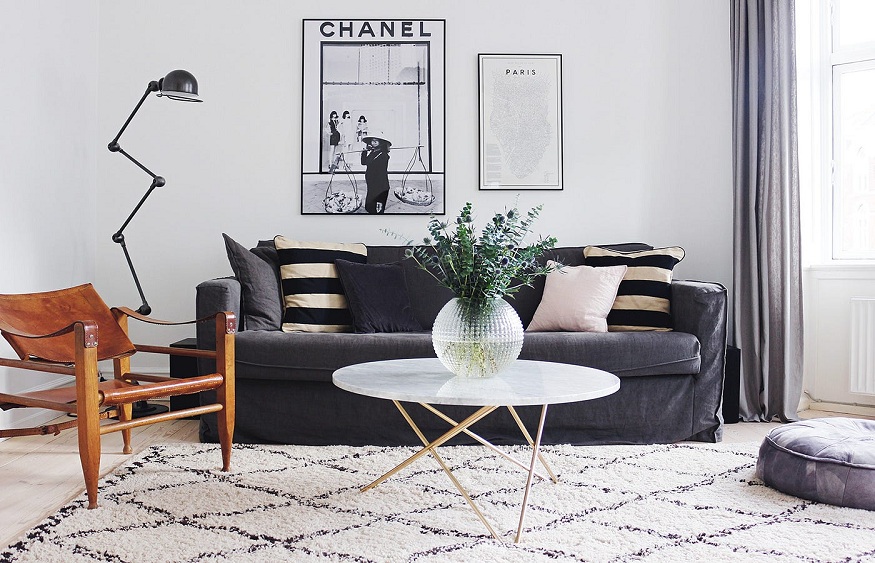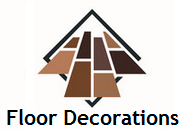
Cleaning a traditional Moroccan Berber rug requires meticulous attention and proper techniques to preserve its beauty and longevity. These handwoven treasures, originating from the indigenous tribes of North Africa, are known for their intricate designs and durable craftsmanship. In this comprehensive guide, we will walk you through the step-by-step process of cleaning a traditional Moroccan Berber rug, ensuring that you maintain its quality and enhance its lifespan.
Preparation
Before you begin cleaning your precious Moroccan Berber rug, gather the following materials:
1. Vacuum cleaner with a brush attachment
2. Mild liquid dish soap
3. Clean white cloths or sponges
4. Lukewarm water
5. Soft-bristled brush
6. Towels or cotton sheets
7. Rug pad or nonslip mat (optional)
Step 1: Surface Cleaning
First, start by **lightly** vacuuming the rug on both sides to remove loose dirt, dust, and debris. Use the brush attachment to protect the rug’s delicate fibers from getting pulled or tangled in the vacuum’s suction. Move the vacuum in the direction of the rug’s pile, going over the entire surface.
Step 2: Spot Cleaning
If you notice any stains or spills on your Moroccan Berber rug, it’s essential to address them promptly. Mix a few drops of mild liquid dish soap with lukewarm water. Test the solution on a small, inconspicuous area of the rug to ensure colorfastness. If the colors don’t bleed or fade, you’re ready to proceed.
Dampen a clean white cloth or sponge in the soapy water and gently blot the stained area, working from the outer edges towards the center. Avoid rubbing or scrubbing vigorously, as this may damage the rug’s fibers. Repeat the process until the stain is no longer visible. Once done, use a damp cloth with plain water to rinse the soapy residue, then blot dry with a clean towel or sponge.
Step 3: Deep Cleaning
To deep clean your Moroccan Berber rug, prepare a mixture of mild liquid dish soap and lukewarm water in a bucket or basin. Immerse a soft-bristled brush in the soapy solution and gently scrub the rug in the direction of the pile. Take care not to use excessive force or apply too much water, as this can lead to shrinkage or damage.
Once the rug has been thoroughly cleaned, rinse it with clean water to remove any residual soap. You can either rinse it outdoors using a hose or fill a clean bathtub with shallow water and immerse the rug. Gently squeeze and knead the rug to get rid of excess water. Avoid wringing or twisting to prevent distortion of the rug’s shape.
Step 4: Drying
After rinsing, carefully transfer the rug to a flat, dry surface. Place it on a clean towel or cotton sheets and reshape it to its original form. Ensure the rug is free of wrinkles or folds to promote even drying.
Allow the rug to air dry naturally, away from direct sunlight or heat sources. This process may take several days, depending on the rug’s thickness and the ambient humidity. Occasionally flip the rug over to ensure both sides dry evenly.
Step 5: Rug Protection
To protect your Moroccan Berber rug and improve its longevity, consider using a rug pad or nonslip mat. These accessories provide additional cushioning, prevent slippage, and protect the rug from wear and tear. Ensure the rug pad or mat is slightly smaller than the rug, allowing the edges to lay flat on the floor.
Regular Maintenance Tips
To maintain the beauty and condition of your Moroccan Berber rug, follow these tips:
1. Vacuum the rug regularly, but avoid using the beater bar attachment, which can damage the delicate fibers.
2. Rotate the rug occasionally to promote even wear.
3. Avoid placing the rug in high-traffic areas or direct sunlight to prevent fading and excessive dirt accumulation.
4. Attend to spills and stains immediately using the spot cleaning method outlined earlier.
By following these guidelines, you can enjoy the exquisite artistry and cultural heritage of your traditional Moroccan Berber rug for generations to come.

